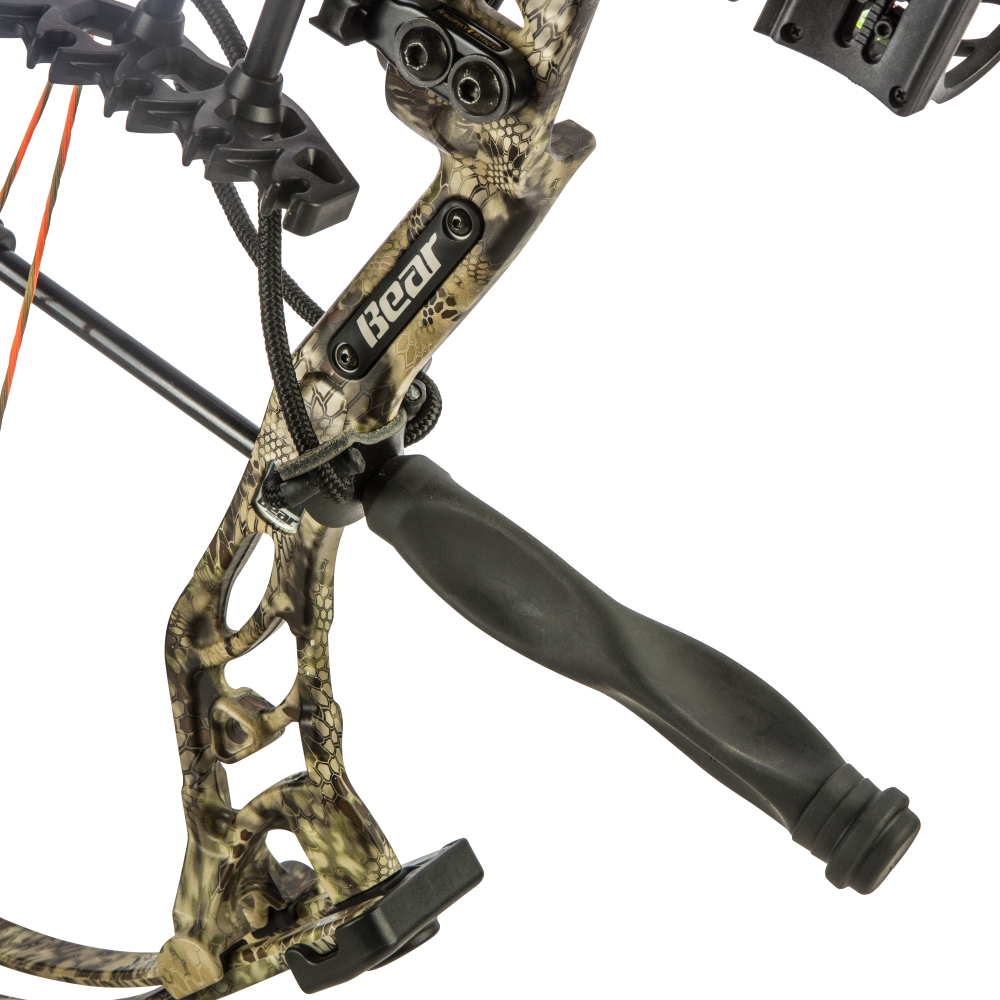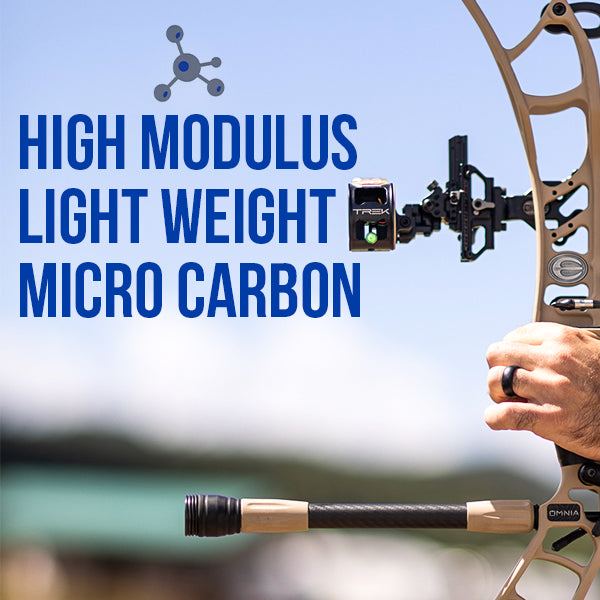Optimizing Your Archery Performance With the Right Compound Bow Stabilizer: a Comprehensive Summary
In the realm of archery, consistency and precision are vital to accomplishing optimal efficiency. One critical yet often-overlooked part in boosting accuracy is the compound bow stabilizer. This simple tool plays a significant duty in steadying your objective, reducing bow torque, and soaking up vibrations. Nonetheless, the performance of a stabilizer depends upon different factors, consisting of weight, placement, and style. By comprehending the subtleties of selecting and optimizing a compound bow stabilizer, archers can adjust their tools to raise their capturing experience to new degrees of effectiveness and control.
Significance of Bow Stabilizers in Archery

Additionally, bow stabilizers assist in stabilizing the weight circulation of the bow, which can enhance the archer's stability while firing and aiming. By adding weight to the front of the bow, stabilizers can reduce the quantity of torque experienced upon launch, leading to a smoother and much more regulated shot - compound bow stabilizer. This weight circulation likewise helps in holding the bow stable for a longer duration, allowing the archer to intend much more properly
Sorts Of Substance Bow Stabilizers
When thinking about the various kinds of compound bow stabilizers available, it is important to recognize their distinctive attributes and features to establish one of the most ideal choice for maximizing archery efficiency. One of the most typical kinds of substance bow stabilizers consist of sidebar stabilizers, front stabilizers, and back stabilizers. Sidebar stabilizers connect to the sides of the riser and assistance in balancing the bow throughout the intending procedure. Front stabilizers, additionally referred to as long rods, are connected to the front of the riser and help in absorbing and reducing any type of resonances created by the release of the arrowhead, thus enhancing precision. Back stabilizers, additionally called rear stabilizers, are mounted to the back of the bow and help in reversing the weight of other devices, resulting in improved security and stable aiming. In addition, some stabilizers feature adjustable weights that enable archers to make improvements the equilibrium and feeling of their bows according to their choices, making them flexible choices for archery lovers of all levels.
Variables to Take Into Consideration When Picking
In evaluating compound bow stabilizers, understanding the distinct features and functions of each type is important for making an informed choice on one of the most appropriate option to boost archery performance. When choosing a stabilizer, one need to think about the weight of the stabilizer itself. While a much heavier stabilizer can provide even more stability by decreasing the bow's activity, it might additionally create fatigue throughout long shooting sessions. Equilibrium is one more essential element to ponder. The stabilizer's size and style significantly influence the bow's balance, impacting the shooter's capacity to hold steady goal. Additionally, the material of the stabilizer can influence its efficiency. Carbon fiber stabilizers are light-weight and you could try this out take in resonances well, enhancing precision. In addition, the number and adjustability of dampeners on the stabilizer can adjust its efficiency by decreasing sound and shock upon release. By thoroughly examining these aspects, archers can choose a compound bow stabilizer that aligns with their shooting design and maximizes their general efficiency on the archery variety.
Installation and Adjustment Tips
For optimum performance and precision in archery, grasping the installment and change of your bow stabilizer is important. Proper installation begins with affixing the stabilizer to the bow's riser, guaranteeing it is securely safeguarded. The majority of stabilizers feature placing equipment for simple setup, but it's vital to comply with the producer's guidelines for the details design you have. When connected, readjusting the stabilizer includes discovering the best equilibrium between weight circulation and length. Try out various combinations till you achieve the preferred feel and security.
When readjusting the stabilizer, start with little step-by-step modifications rather than drastic changes. This enables you to website link analyze the effect of each adjustment accurately. Take note of exactly how the bow responds to changes in stabilizer setups and make modifications appropriately. Remember that the goal is to discover a configuration that lessens hand torque, reduces vibration, and improves accuracy. Regularly examine the stabilizer's rigidity and overall problem to guarantee it remains to operate ideally. By mastering the installation and adjustment process, you can optimize your archery efficiency and boost your shooting experience.
Upkeep and Treatment Guidelines

It is also vital to save your bow with the stabilizer in a secure and risk-free area check out this site when not being used. Avoid leaving it in severe temperatures or exposed to direct sunshine for extensive durations, as this could cause damage to the stabilizer. Regularly check the stabilizer's placement to guarantee it is still correctly positioned on your bow. Complying with these maintenance and care guidelines will aid you get the most out of your bow stabilizer and enhance your total archery efficiency.
Verdict
To conclude, selecting the best compound bow stabilizer is vital for making the most of archery performance. Understanding the significance, types, factors to consider, setup and change pointers, as well as maintenance and treatment guidelines can considerably influence one's accuracy and consistency in capturing. By choosing a stabilizer that fits private needs and choices, archers can enhance their overall performance and attain better outcomes on the range or in competitors.
Bow stabilizers play an important role in improving an archer's accuracy and uniformity by minimizing vibrations and stabilizing the bow throughout the release of an arrow - compound bow stabilizer.In addition, bow stabilizers aid in stabilizing the weight distribution of the bow, which can boost the archer's stability while intending and shooting. The most usual types of substance bow stabilizers consist of sidebar stabilizers, front stabilizers, and back stabilizers. Back stabilizers, likewise called rear stabilizers, are placed to the back of the bow and assist in counteracting the weight of other accessories, resulting in enhanced security and steady intending. When selecting a stabilizer, one should think about the weight of the stabilizer itself
Comments on “Maximize Accuracy: Compound Bow Stabilizer Guide for Archery Enthusiasts”